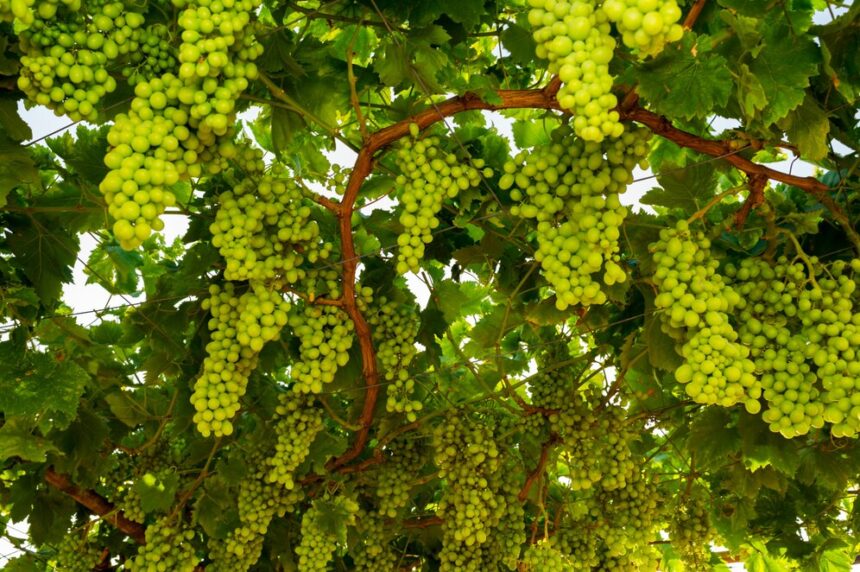Grapevines are highly susceptible to a range of fungal diseases that can severely affect yield and fruit quality. Effective disease management is crucial for healthy vineyards, and fungicides play a vital role in this process. The best fungicides for grapevine diseases target common threats such as powdery mildew, downy mildew, botrytis bunch rot, and black rot. Here’s a look at some of the top-performing fungicides and how they help in protecting grapevines.
1. Sulfur-Based Fungicides
Sulfur is one of the oldest and most widely used fungicides for managing powdery mildew, a common grapevine disease. It is effective as both a preventive and early curative treatment. Sulfur can be applied as a dust or in a wettable form.
- Best for: Powdery mildew
- Application timing: Before disease symptoms appear, especially during dry, warm weather
- Note: Avoid application in temperatures above 32°C as it can burn the leaves.
2. Copper-Based Fungicides
Copper fungicides are effective against downy mildew and black rot. They work by disrupting fungal enzymes and are often used in organic farming. However, excessive copper use can lead to soil toxicity, so careful application is necessary.
- Best for: Downy mildew, black rot
- Application timing: Early in the season and before wet periods
- Common products: Bordeaux mixture, copper oxychloride
3. Strobilurin Fungicides (QoI group)
These systemic fungicides are highly effective against a range of grapevine diseases including powdery mildew, downy mildew, and black rot. They work by inhibiting spore germination and fungal growth.
- Best for: Multiple fungal diseases
- Common products: Azoxystrobin, trifloxystrobin
- Resistance management: Rotate with fungicides from different groups to avoid resistance buildup.
4. DMI Fungicides (Demethylation Inhibitors)
DMI fungicides, such as myclobutanil and tebuconazole, are effective against powdery mildew and black rot. They work by interfering with the fungal cell membrane. These fungicides are often used in rotation with others to reduce resistance development.
- Best for: Powdery mildew, black rot
- Usage tips: Apply early and continue at regular intervals during disease-prone periods.
5. Botrytis-Specific Fungicides
Botrytis bunch rot (grey mold) is a major concern for grapevines, especially close to harvest. Fungicides such as fenhexamid and cyprodinil are specifically designed to combat Botrytis cinerea.
- Best for: Botrytis bunch rot
- Application timing: Pre-bloom, bunch closure, and pre-harvest
- Caution: Use sparingly and rotate with other classes to prevent resistance.
6. Phosphonates (Phosphorous Acid)
These systemic fungicides boost the plant’s natural defenses while also having direct antifungal effects, especially against downy mildew.
- Best for: Downy mildew
- Advantages: Low toxicity, long-lasting effect
- Application timing: During active growth periods and when rain is expected
Effective grapevine disease management requires a strategic approach that includes preventive measures, timely application, and rotation of fungicide types to avoid resistance. Using a combination of sulfur, copper, systemic fungicides, and Botrytis-specific treatments provides a comprehensive defense against the most common fungal threats in vineyards. Always follow manufacturer guidelines and integrate fungicide use with cultural practices for the best results.
Join 'Farmers Mag' WhatsApp Channel
Get the latest Farming news and tips delivered straight to your WhatsApp
CLICK HERE TO JOIN






